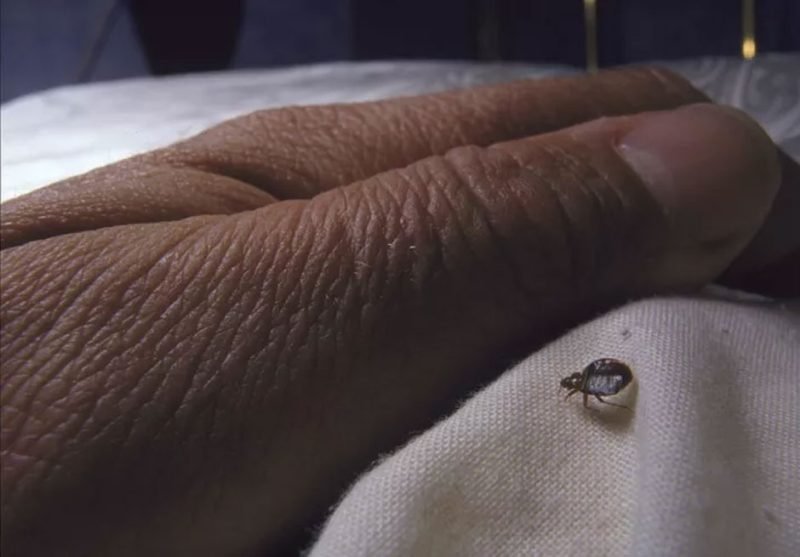
Are you experiencing bites from an unknown pest? Do you suspect that it may be either a bat bug or a bed bug? These two insects may look similar, but there are ways to tell them apart. In this article, we’ll discuss the appearance of bat bugs and bed bugs, signs of infestations, and prevention measures. Let’s get started!
Bat Bugs vs. Bed Bugs: What’s the Difference?
Bat bugs and bed bugs belong to the same family of insects, Cimicidae, and share similar characteristics. They are both small, six-legged parasites that feed on the blood of warm-blooded animals, including humans. The size, shape, and color of both species are also identical, making it challenging to differentiate them.
However, if you examine them under a magnification lens, you may notice that the hairs of bat bugs are slightly longer than those of bed bugs. Although it’s not a foolproof method, it can help distinguish them.
Signs of a Bat Bug Infestation
Bat bugs prefer to feed on bats, and their infestations often occur in attics, wall voids, and chimneys. If you see them crawling on walls and ceilings, especially in top-story bedrooms, it may indicate a bat problem nearby. Bat bugs can also feed on humans and pets, but they cannot reproduce without access to bats.
To get rid of bat bugs, focus on excluding bats from your home by sealing any holes or gaps where they can get in. Once their food source is gone, the bat bugs should disappear. Use a vacuum to reduce the interior population of bat bugs.
Signs of a Bed Bug Infestation
Bed bugs are more of a threat to human health as they prefer to feed on humans. Unlike bat bugs, bed bugs are likely to stay close to their feeding source, often found in and around beds. You may notice dark brown speckling (blood and droppings), insects, and shed insect skins on bedding, including pillows, sheets, and blankets, as well as in the folds and tufts of your mattress, especially along seams.
To prevent bed bug infestations, educate yourself and your family about the signs of bed bugs and inspect used furniture and clothing before bringing them into your home. Regularly inspect your home for signs of bed bugs, including on or behind picture frames, under and inside electronics, under furniture, and behind outlet and light switch covers.
How to Get Rid of Bat Bugs and Bed Bugs
It’s best to call a professional if you have a bed bug infestation as they can rapidly reproduce and cause immense discomfort and stress. Bed bug eradication may involve a variety of steps, including bed bug inspection and identification, heat treatment, steam treatment, and chemical treatment.
Bat bug issues can be relatively inexpensive to address once you have excluded bats from your home. If you suspect a bed bug issue, make sure to inspect the attic and ensure there are no bats present before calling a trusted professional to assist in eradication.
Prevention
Prevention is the best option when it comes to pest control. To keep bat bugs away, make sure there are no gaps or spaces around your home where bats can roost. For bed bugs, inspect used furniture and clothing before bringing them into your home. Everyone in your home should know what bed bugs look like and how they can be transported from place to place.
In conclusion, identifying bat bugs and bed bugs may require a trained eye and magnification. Knowing the signs of infestations and prevention measures can help you keep your home pest-free. If you suspect a bat bug or bed bug infestation, take action quickly to prevent further damage and discomfort.

